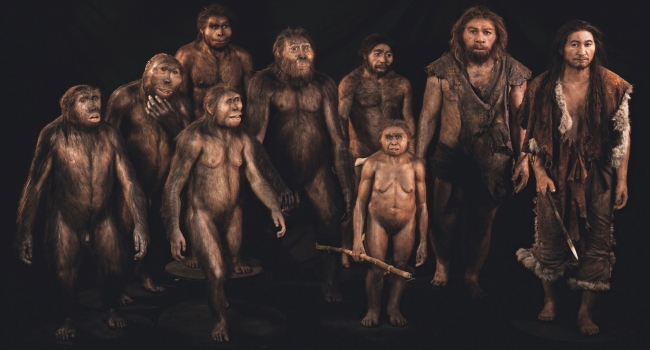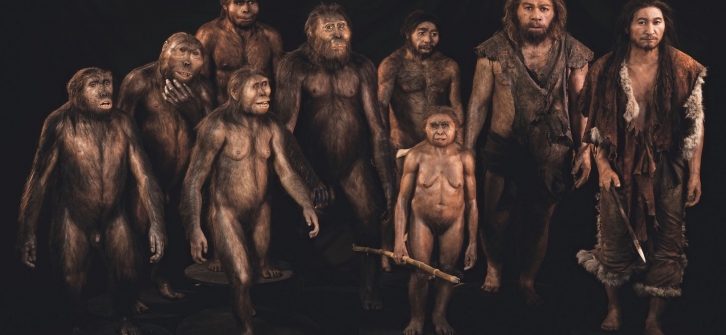The plurality of man’s evolution

THE PLURALITY OF MAN’S EVOLUTION - Who among us has ever imagined human evolution as a straight line depicting the gradual transformation from the early Paranthropus to various Homo species, culminating in Homo Sapiens?
However, recent paleoanthropological studies reveal a far more complex reality. Evolution was marked by a rich biodiversity of genera and species. These species sometimes coexisted in the same periods and regions, competing for food resources and territorial control.
For example, various species of Australopithecus lived in Central and Southern Africa between 3.5 and 3 million years ago. About 1 million years ago, some Paranthropus coexisted with early Homo species, exploiting the same or nearby environments.
Another intriguing aspect involves the relationships between Homo Sapiens, Neanderthal, and Denisovans. Any prehistory student knows that Sapiens and Neanderthals coexisted/competed in the European continent. While it is still unclear if Neanderthals went extinct due to competition with Sapiens, we know that the two species interbred. Modern Europeans share about 1-4% of their DNA with Neanderthals.
But the story of biodiversity doesn't end there. Between 82,000 and 74,000 years ago, another species of hominids, the Denisovans, roamed the Siberian highlands, contemporary with Sapiens and Neanderthals. In 2012, the genome of Denisovan remains found in Russia's Altai Mountains was sequenced, revealing that 0.2% of the DNA of modern East and Southeast Asian populations comes from interbreeding with Denisovans. This percentage rises to 6% for Oceanian populations.
The discovery of two more species adds to this rich biodiversity: Homo floresiensis and Homo luzonensis. Although distinct from more recent hominids, they partly overlapped with Sapiens, Neanderthals, and Denisovans. These species were trapped by rising sea levels on small islands in Southeast Asia, yet they remain contemporaries of the Homo genus.
As paleoanthropological research progresses, we must reconsider our views on human evolution. We should abandon the notion of a straight line from primates to Sapiens and reflect on the rich biodiversity of genera and species that shaped human evolution, focusing on coexistence, competition, and hybridization.
All this information and much more is detailed in the dossier "Quand l’humanité était plurielle" (https://t.ly/Q4gNp) published in issue 627 of Archéologia magazine, which I highly recommend reading! Another interesting reading I suggest is the manual "Prehistoria I – Las primeras etapas de la Humanidad" (2020), Madrid: UNED.
Photo: Photo Sylvain Entressangle/Elisabeth Daynes/LookatSciences
This article has been viewed 2 times.




















